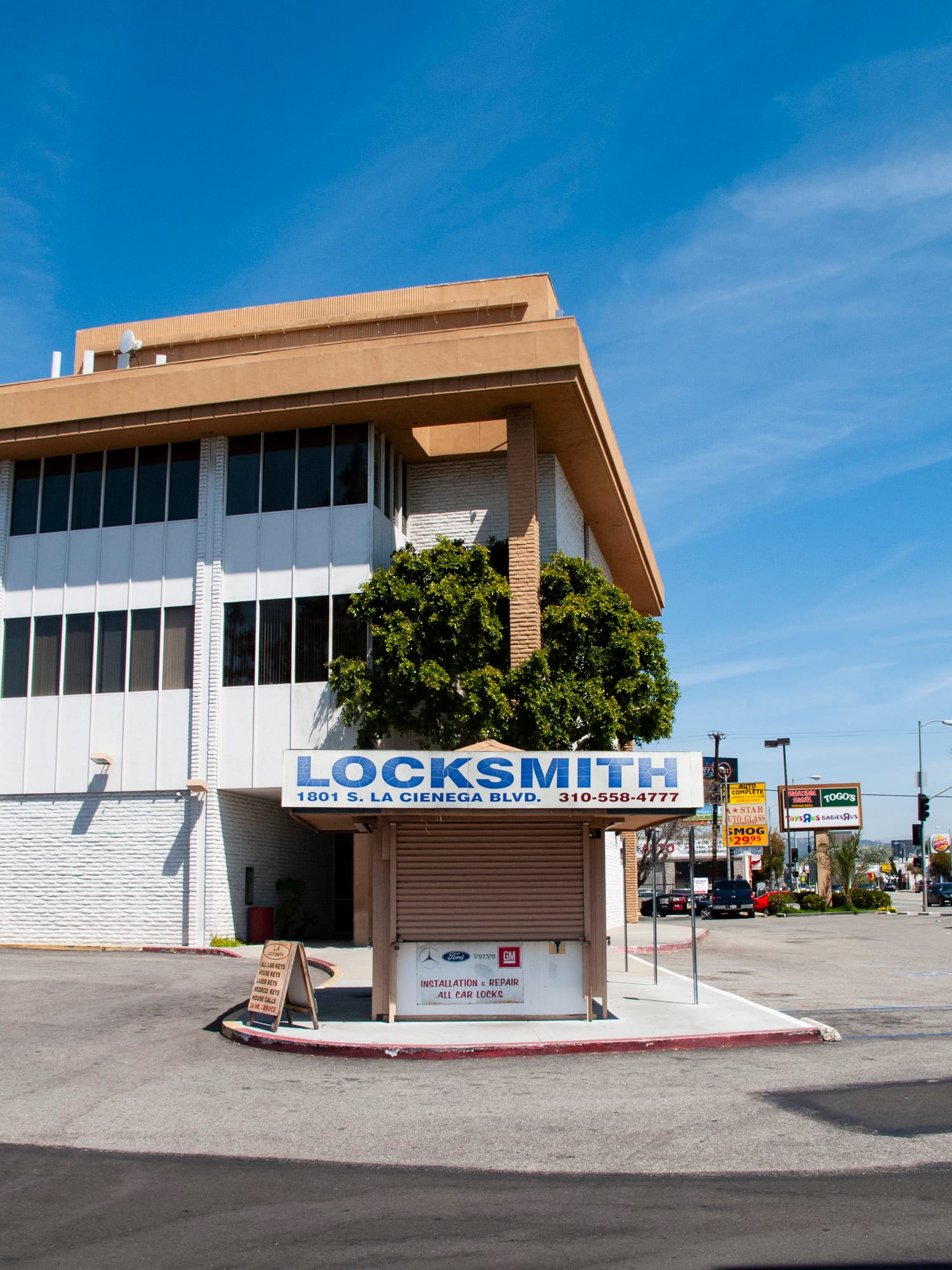Los Angeles, 2006-2013
For the first Archival Recordings zine, it only felt right to start at the beginning. I've been photographing Los Angeles for a long time, before the creation of Instagram and with no desire to become a professional photographer.
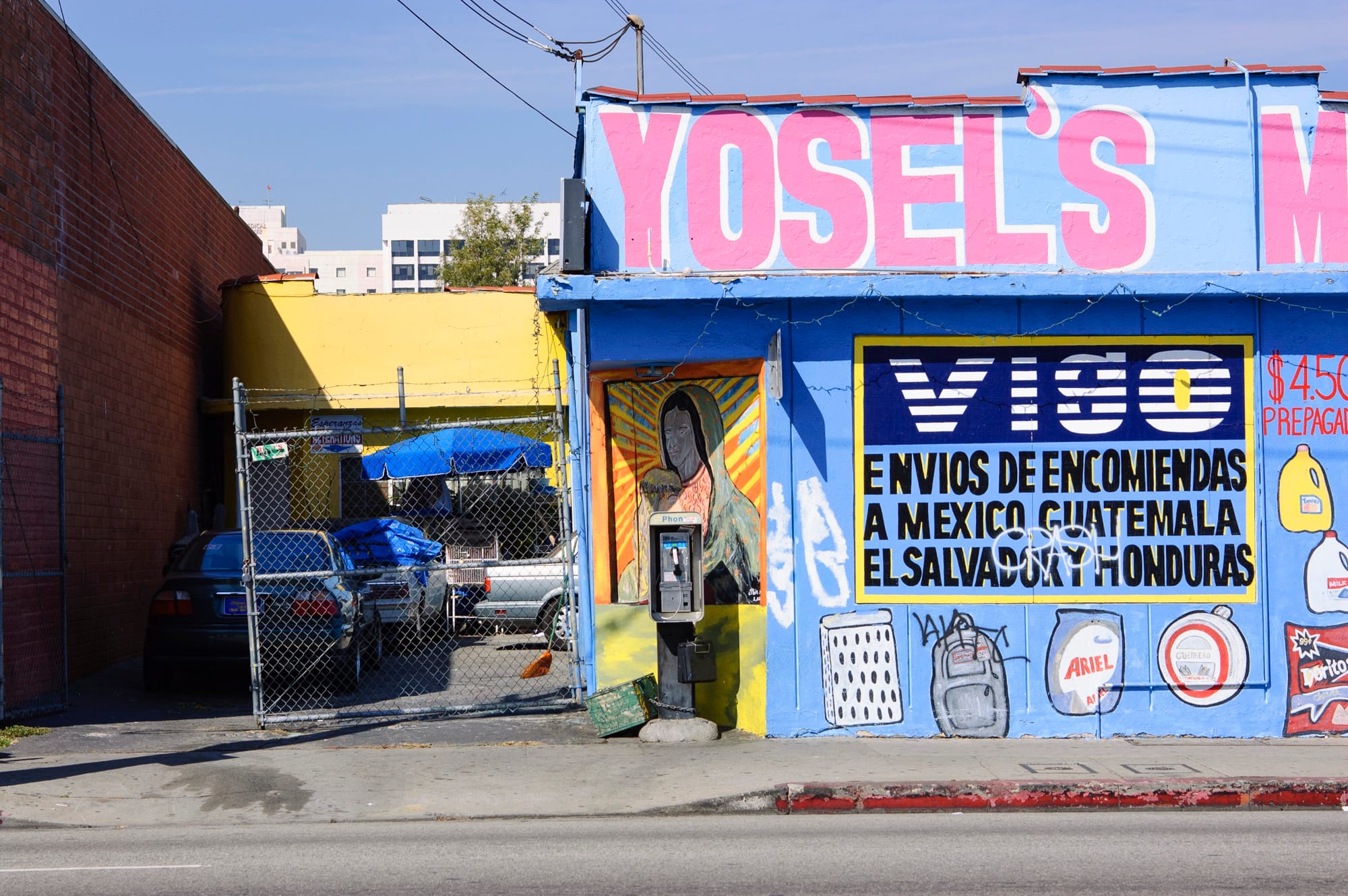
Archival Recordings Zine 01 Process Notes
For the first Archival Recordings zine, it only felt right to start at the beginning. I've been photographing Los Angeles for a long time, before the creation of Instagram and with no desire to become a professional photographer. My interest in the medium was fueled by a genuine curiosity about the ways the physical world changes over time and how those shifts impact the lives of it's inhabitants. Looking back, I'm happy that I started shooting when I did because this version of Los Angeles is long gone. Most of the work in this zine has never been shared widely and almost all of the scenes no longer exist. They were taken from viewpoints and locations that have been consumed by redevelopment. In this post, I'm going to add some context to a few of the photographs from Archival Recordings Zine 01. My thoughts here (and on this site in general) are not meant to be some kind of definitive interpretation on L.A. but simply the views of a local who has recorded it's transformation over the past decades or so.
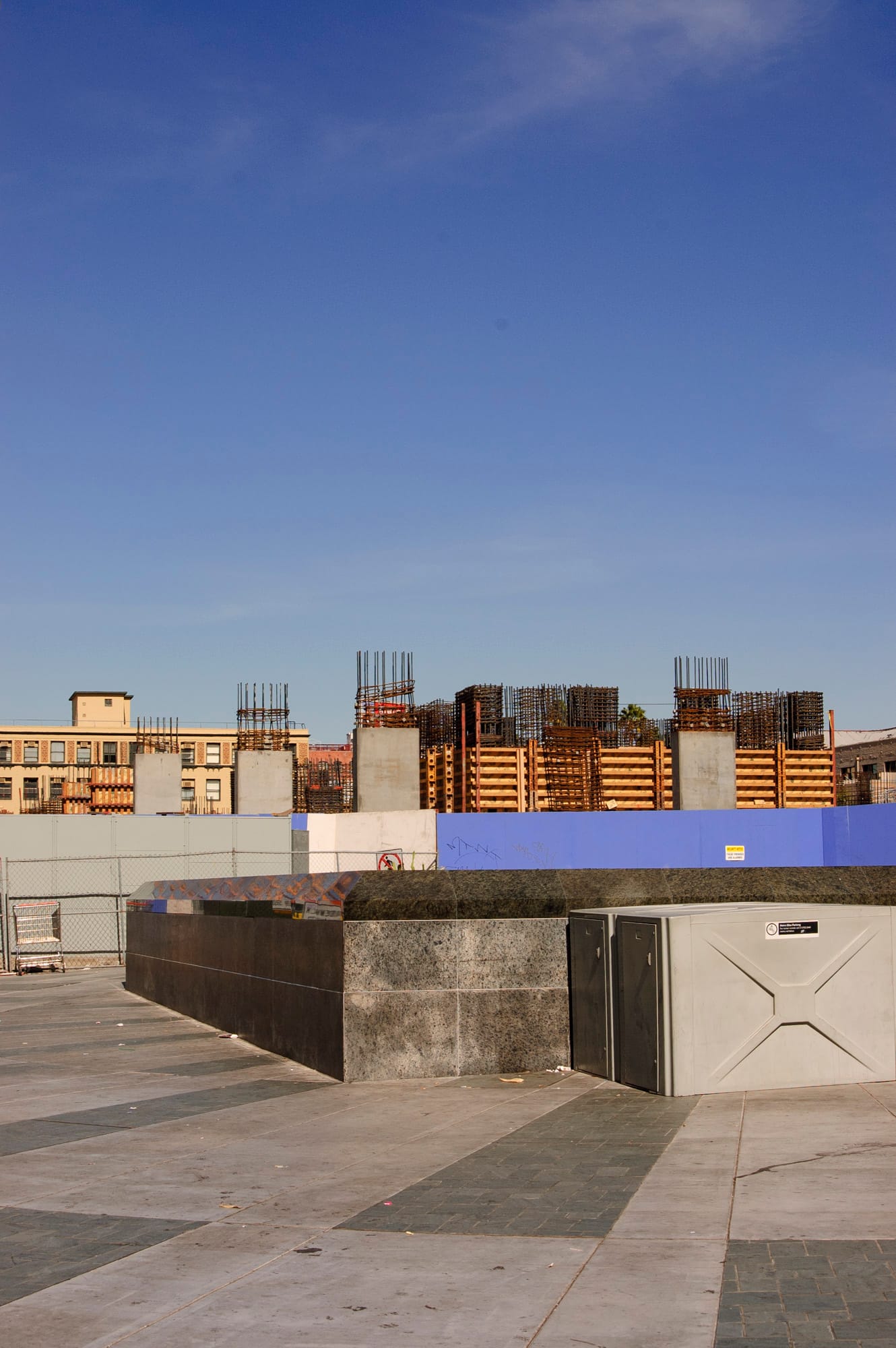
The northeast corner of Wilshire and Western (directly across from the Wiltern Theatre) has changed quite a bit since this photograph was taken in 2007.
The enormous Solaire mixed usage complex that dominates both the corner and the skyline now had just broken ground. This was also during the early days of the Metro Purple line and I remember it was the least useful of the trains for most people, except for me. I worked downtown and lived in Koreatown at the time so I used it daily. It's interesting that you can still see the tops of the buildings that line 6th Street in the distance, that angle probably lasted about another few weeks before it disappeared completely.
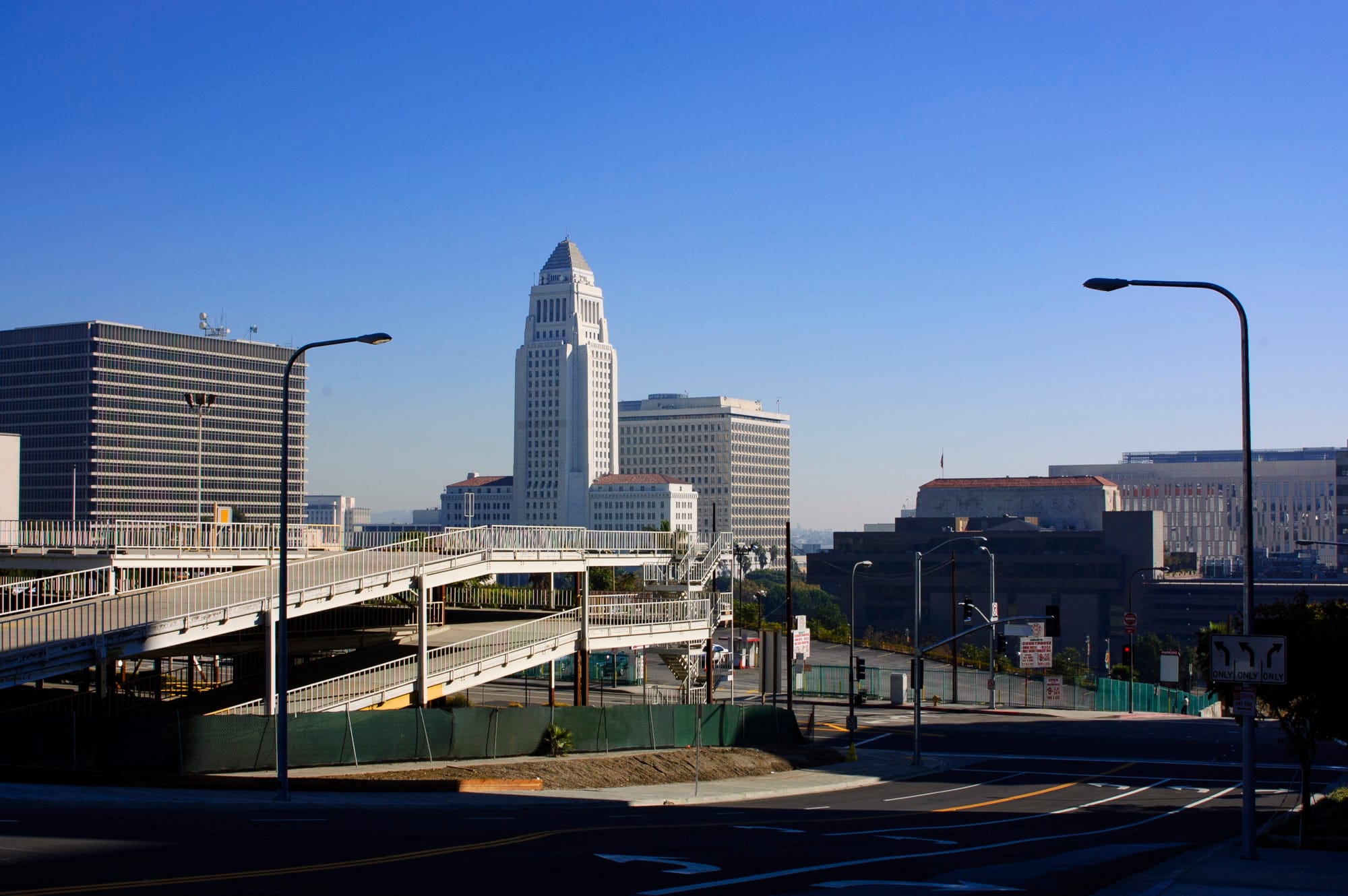
Shifting over to Downtown Los Angeles, this was always one of my favorite views of City Hall. This parking garage was directly across the street from the Disney Concert Hall (located diagonally across from where The Broad now stands) and the elevated perspective left City Hall exposed in plain view. In the years since, several buildings have been constructed that block this view, making it difficult to get any alternate angles of City Hall outside of Grand Ave. Park.
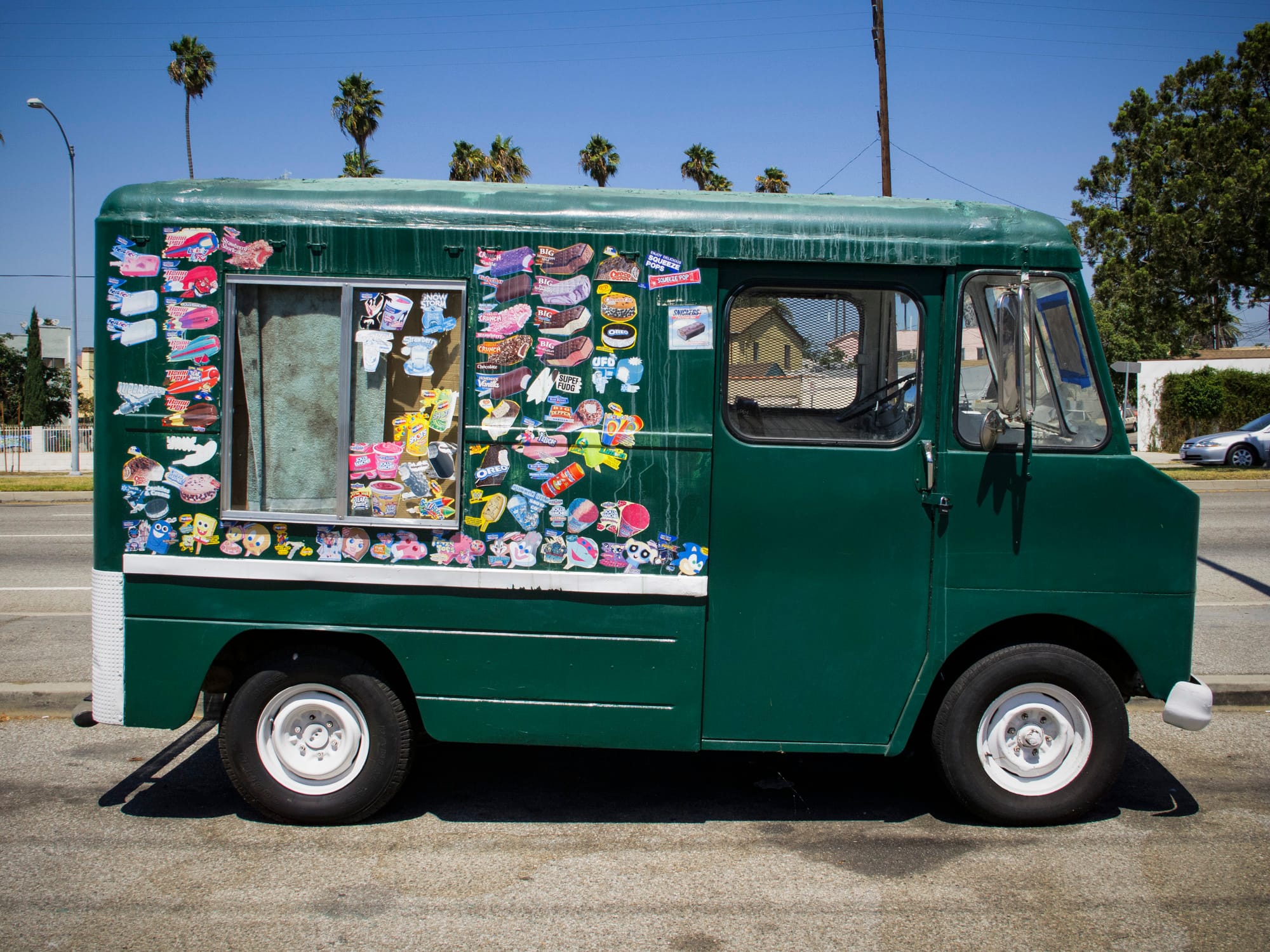
As a kid, I lived in Mid-City for about 5 years, all of which were dominated by the presence of the Ice Cream truck. It's weird that this one-time staple of L.A. neighborhood culture is so scarce now when I used to hear the jingle at least 3 times a day when my friends and I played outside. I came across this truck long after those days when I returned to my old stomping grounds. This was photographed in 2009 on Venice Blvd., between Burnside and La Brea. It was located on a stretch of industrial buildings and auto repair shops intermingled with residential blocks that has remained pretty much unchanged since I lived there.
Mid-City in general is a place familiar to locals that most outsiders are still unaware of.
It's not hype or particularly trendy, just a solid middle class neighborhood. That's probably the reason that it's been spared from the redevelopment boom that has consumed most of the city. It's rare for an area to maintain it's character for so long, I hope it never changes.
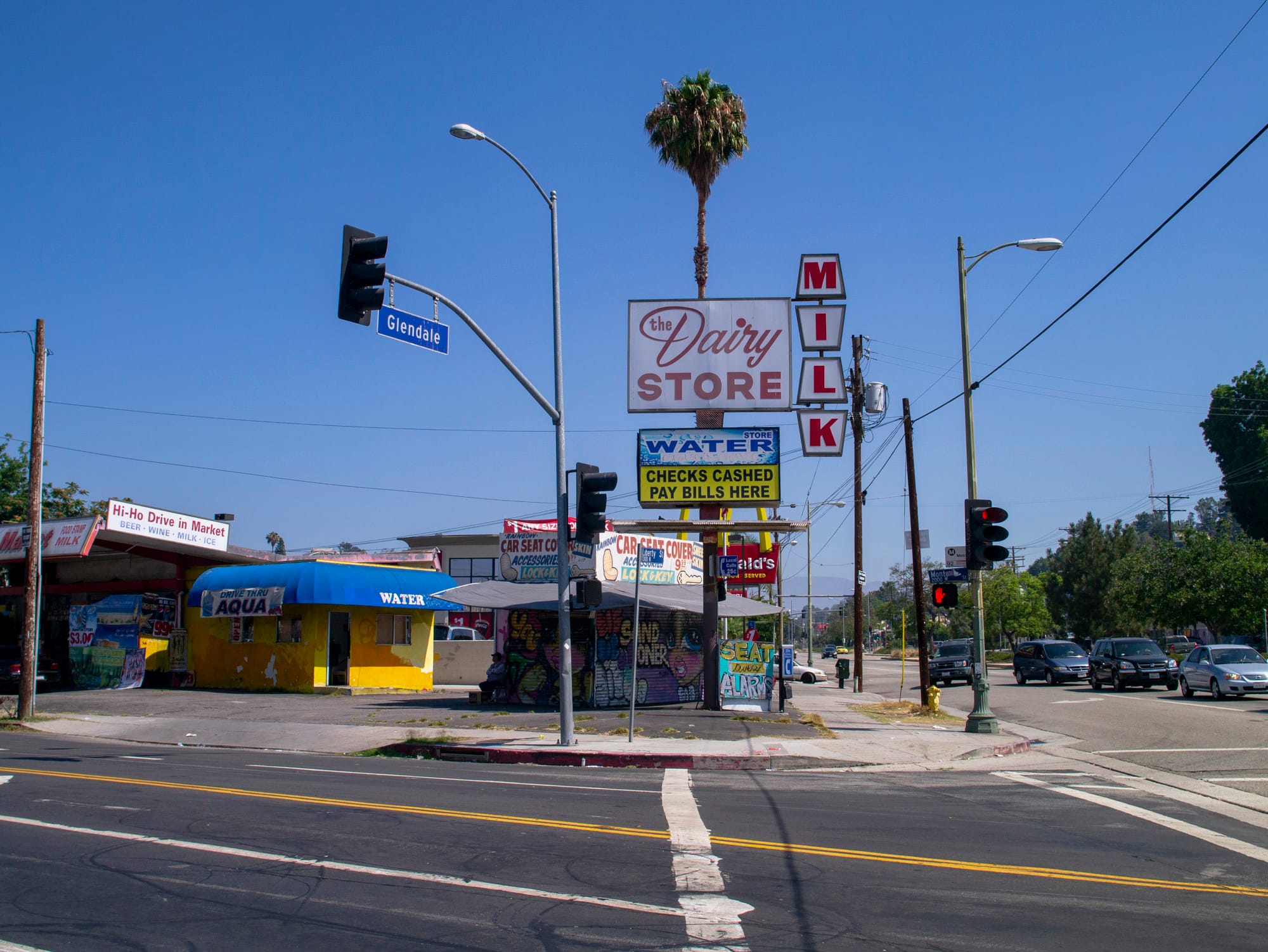
I loved this sign. It's too easy to just say it's iconic (which it is), the mix of typefaces that have joined the original Dairy Store type charts the evolution of the area in general. In L.A. we are losing a great deal of our architectural and design related history as these signs are being torn down. This was located in Echo Park, an area that is one of the primary examples of how gentrification can change the fabric of a neighborhood. Although it spanned at least a decade, it seems like the area changed overnight.
You can find these photographs and more in Archival Recordings Zine 01, available as part of a subscription or individually at Structure & Hue. Thanks for reading and supporting independent, street level photography.


